How Globalization Shapes Inequality Today
Complete 5 pages APA formatted article: Has globalization transformed the pattern of global poverty and inequality In what ways. Based on the assumption that comparative advantage of nations can offer countries an advantage over others, open markets and liberal trade can result into improved trade as well as capital flows and thus help improve the poverty and achieve economic prosperity. It is generally argued that Globalisation can reduce poverty if nations follow the open liberal policies and focus upon achieving sustained level of trade with developed countries. However, considering the inherent differences between developed as well as developing countries, it is also suggested that whether the distribution of flows generated as a result of Globalisation is fair or not. Inequality is also considered as another important issue regarding Globalisation (Moseley and Gray, 2008). This paper will argue and discuss as to whether Globalisation has actually resulted into transformation of poverty patterns and inequality and if yes, in what ways it achieved both the ends. Globalisation, Poverty and Inequality Globalisation is a relatively diverse term as it not only suggests an integration of ideas, products and economic flows but also signifies an integration of the culture also.
How Globalization Shapes Inequality Today
Hey there! Have you ever wondered how the interconnected world we live in, often called globalization, actually affects the gap between the rich and the poor? It's a big question, and frankly, a crucial one for understanding our modern society. Globalization isn't just about trade; it's about the flow of ideas, technology, and people across borders, and its impact on equality is complex and far-reaching.
This article aims to break down exactly how globalization shapes inequality today, exploring both the positive and negative aspects. We'll look at economic shifts, social changes, and even cultural influences. By the end, you'll have a clearer picture of this intricate relationship and what it means for everyone, everywhere.
So, let's dive in and uncover the many facets of how globalization influences the distribution of wealth and opportunity around the globe. It's a journey that will touch upon various aspects of our interconnected world, helping us understand the current state of disparities.
Understanding Globalization and Its Reach
First things first, what exactly do we mean by globalization? In simple terms, it's the process by which economies, societies, and cultures around the world have become integrated through communication, transportation, and trade. Think of it as the world shrinking, making it easier for everything from goods to information to travel vast distances.
This phenomenon has reshaped our lives, bringing both incredible opportunities and significant challenges. It connects us with people and products from different corners of the Earth, fostering innovation and cultural exchange. However, this same interconnectedness can also magnify existing disparities, leading us to ask: how globalization shapes inequality today?
The Economic Dimensions of Inequality
Economically, globalization has been a double-edged sword when it comes to inequality. While it has lifted millions out of extreme poverty, especially in developing nations, it has also widened the gap between skilled and unskilled workers, and between capital owners and laborers in many countries. This economic restructuring is a core part of how globalization shapes inequality today.
The free flow of capital and goods means that some industries thrive while others struggle to compete. This shift creates distinct winners and losers, influencing income distribution at both national and international levels. Understanding these dynamics is key to grasping the full picture.
Winners and Losers in Global Trade
Global trade has undeniably created immense wealth. Countries that specialize in producing certain goods efficiently can export them globally, boosting their economies. Consumers benefit from a wider range of products at lower prices. Yet, this efficiency often comes at a cost for certain sectors and demographics.
For instance, industries in developed countries that cannot compete with cheaper labor or production costs abroad may shrink, leading to job losses. Conversely, developing nations might see an influx of manufacturing jobs, but these jobs might be low-wage and offer limited benefits. This dynamic clearly illustrates how globalization shapes inequality today.
The Role of Automation and Job Displacement
Compounding the effects of global trade is the accelerating pace of automation. As companies strive for global competitiveness, investing in robots and AI becomes more appealing. This often replaces human labor, particularly in repetitive manufacturing or service roles. While it boosts productivity, it can also lead to significant job displacement for those with less specialized skills.
This creates a skills gap, where demand for highly specialized tech and knowledge workers soars, while demand for manual labor declines. The result is a widening income gap, making automation a critical factor in how globalization shapes inequality today. It's a challenge governments and educators worldwide are grappling with.
Capital Flow and Wealth Concentration
Another major economic aspect of globalization is the free movement of capital. Investors can easily move their money across borders, seeking the highest returns. While this can stimulate economic growth and innovation in recipient countries, it also has potential downsides. For example, it can lead to speculative bubbles and financial instability.
Furthermore, globalization has facilitated the concentration of wealth in the hands of a few. Tax havens and complex international financial systems allow the wealthy to minimize tax burdens, reducing the resources available for public services that could help alleviate inequality. This aspect critically illustrates how globalization shapes inequality today by enabling capital to flow to places where it benefits the rich most.
Social and Cultural Impacts on Disparity
Beyond economics, globalization also profoundly impacts social structures and cultural norms, contributing to various forms of inequality. The spread of information, media, and ideas across borders is undeniable. While this can foster understanding, it can also highlight disparities in access and opportunity, creating new social divides.
The influence of global media and consumer culture can sometimes overshadow local traditions, leading to cultural homogenization. More importantly, however, it exacerbates divides in terms of digital access and labor mobility. Let's look at how globalization shapes inequality today through these lenses.
The Digital Divide
In our increasingly digital world, access to the internet and technology is paramount for education, employment, and civic participation. Globalization has accelerated this digital transformation, but not everyone has equal access. This creates a "digital divide" – a significant gap between those who have access to modern information and communication technologies and those who don't.
Without reliable internet or access to devices, individuals and communities are left behind, unable to participate fully in the global economy or access essential services. This divide directly impacts educational opportunities and job prospects, powerfully demonstrating how globalization shapes inequality today by creating new barriers to advancement for marginalized populations.
Migration and Labor Market Dynamics
Globalization also facilitates the movement of people across borders, leading to significant migration flows. People often migrate in search of better economic opportunities, which can be beneficial both for migrants sending remittances home and for host countries filling labor gaps. However, this process is not without its challenges regarding inequality.
Migration can sometimes lead to a "brain drain" in developing countries as skilled workers leave. In host countries, it can put downward pressure on wages for low-skilled workers or lead to exploitation of migrant labor. This complex interplay of labor supply and demand illustrates another facet of how globalization shapes inequality today, affecting communities both old and new.
Addressing Inequality in a Globalized World
Given these complex challenges, what can be done to mitigate the negative effects of how globalization shapes inequality today? It's not about stopping globalization, as its benefits are undeniable, but rather about managing its impacts more effectively and ethically. This requires a multi-faceted approach involving governments, international organizations, and civil society.
Key strategies include:
- Investing in Education and Skill Development: Equipping people with the skills needed for the global economy, especially in tech and STEM fields.
- Strengthening Social Safety Nets: Providing unemployment benefits, retraining programs, and healthcare to support those negatively impacted by economic shifts.
- Promoting Fair Trade and Labor Standards: Ensuring that global supply chains operate ethically, with fair wages and safe working conditions.
- Reforming International Tax Systems: Tackling tax evasion and ensuring that multinational corporations pay their fair share, providing funds for public services.
- Fostering International Cooperation: Working together across borders to address global challenges like climate change, which disproportionately affect vulnerable populations.
- Bridging the Digital Divide: Expanding access to affordable internet and technology in underserved areas.
These actions can help ensure that the benefits of globalization are shared more widely, leading to a more equitable world. It’s about creating policies that foster inclusive growth rather than simply economic growth.
Conclusion
So, how globalization shapes inequality today is a nuanced story, filled with both progress and persistent challenges. While it has connected us, driven innovation, and lifted many out of poverty, it has also exacerbated wealth disparities, created new digital divides, and led to significant labor market adjustments. The free flow of goods, capital, and people, while often beneficial, demands careful management to ensure that its advantages are broadly distributed.
Understanding these dynamics is the first step towards building a more equitable global society. By implementing thoughtful policies focused on education, social safety nets, fair trade, and international cooperation, we can harness the power of globalization to reduce inequality rather than deepen it. The goal is to create a future where interconnectedness means prosperity for all, not just for a select few.
FAQ: How Globalization Shapes Inequality Today
- Q1: What is the main way globalization increases economic inequality?
- Globalization increases economic inequality primarily by favoring highly skilled labor and capital owners while often putting downward pressure on wages for low-skilled workers in developed countries due to global competition. It also facilitates capital flight and tax avoidance for the wealthy.
- Q2: Has globalization reduced poverty, or just increased inequality?
- Globalization has actually reduced extreme poverty for millions, particularly in developing countries that integrated into the global economy. However, while it reduced absolute poverty, it simultaneously increased relative inequality within and between many countries, creating a wider gap between the very rich and the rest.
- Q3: What is the "digital divide" in the context of globalization?
- The digital divide refers to the gap between individuals, households, businesses, and geographic areas at different socio-economic levels with regard to both their access to information and communication technologies (ICTs) and to their use of the Internet and related activities. Globalization has accelerated the importance of digital access, thus exacerbating this divide for those without it.
- Q4: How does global trade affect local job markets?
- Global trade can significantly affect local job markets. It can lead to job creation in export-oriented industries but also job losses in sectors that cannot compete with cheaper imports. This often requires workers to retrain or relocate, contributing to economic inequality if support systems are inadequate.
- Q5: Can globalization be managed to reduce inequality?
- Yes, many experts believe globalization can be managed to reduce inequality. This involves policies such as investing in education and retraining programs, strengthening social safety nets, implementing fair labor standards, reforming international tax systems, and promoting inclusive growth strategies that ensure benefits are widely shared.
- Q6: What role do international organizations play in addressing global inequality?
- International organizations like the UN, WTO, and IMF play a crucial role. They work to set global standards for trade and labor, provide financial assistance to developing countries, and foster international cooperation on issues like climate change and sustainable development, all of which indirectly or directly impact global inequality.
How Globalization Shapes Inequality Today
Collection of how globalization shapes inequality today wallpapers for your desktop and mobile devices.

Vivid How Globalization Shapes Inequality Today Background Illustration
Experience the crisp clarity of this stunning how globalization shapes inequality today image, available in high resolution for all your screens.
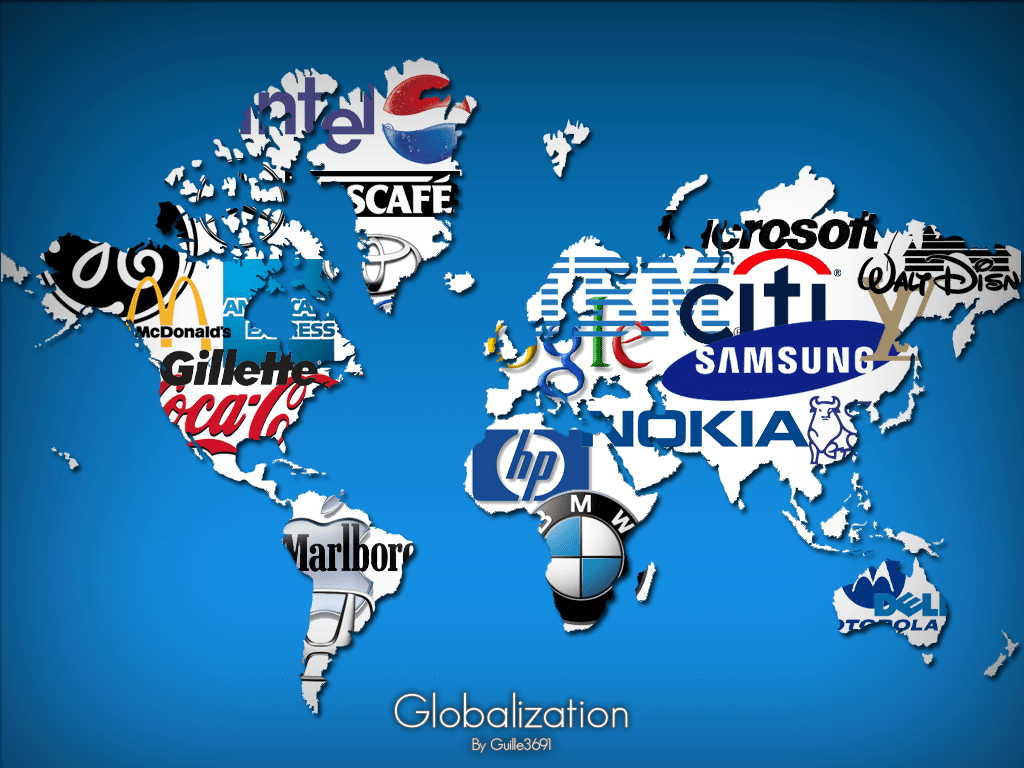
Lush How Globalization Shapes Inequality Today Abstract Art
Immerse yourself in the stunning details of this beautiful how globalization shapes inequality today wallpaper, designed for a captivating visual experience.
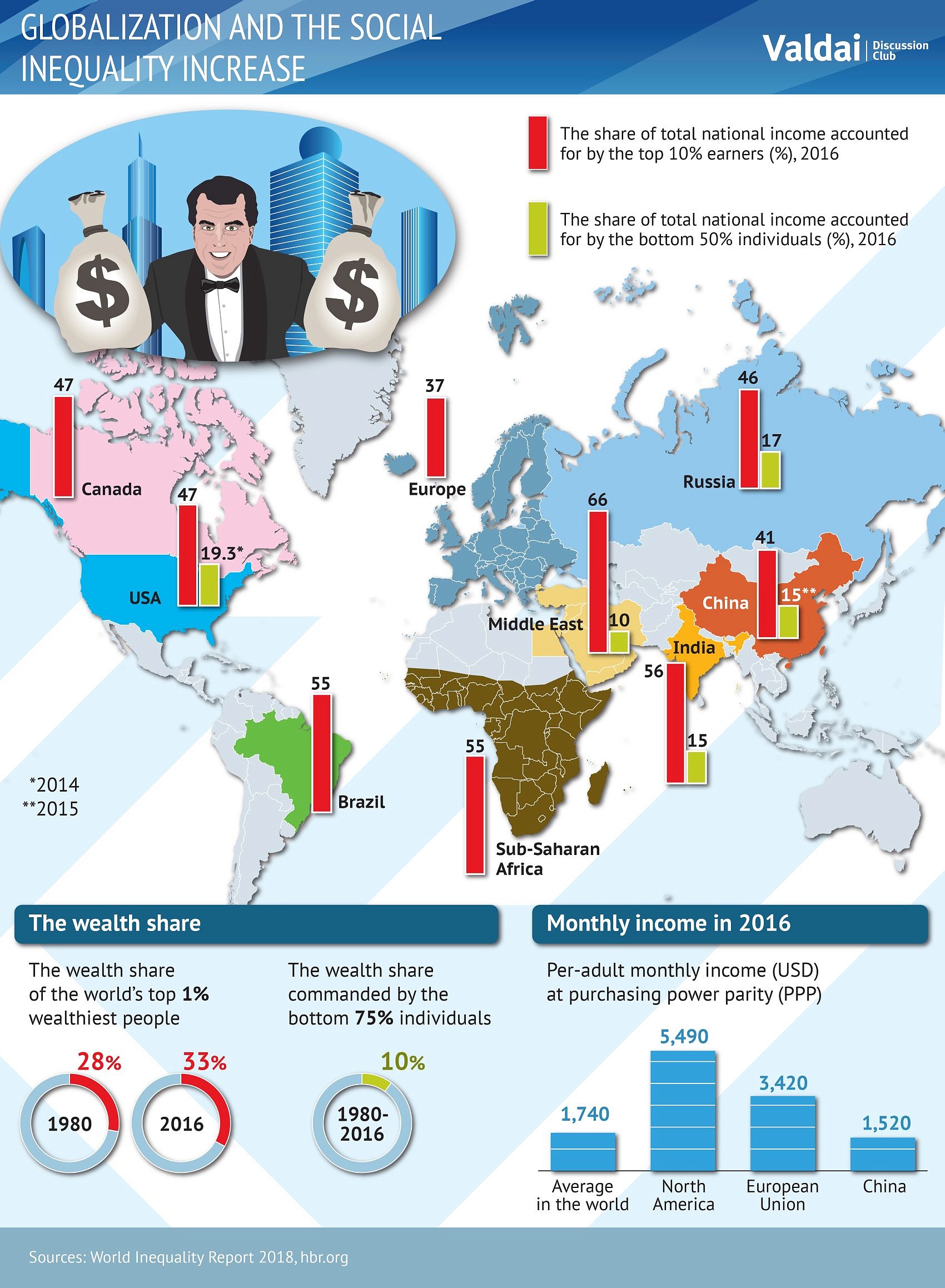
Vibrant How Globalization Shapes Inequality Today Moment Photography
Explore this high-quality how globalization shapes inequality today image, perfect for enhancing your desktop or mobile wallpaper.

Vivid How Globalization Shapes Inequality Today Moment Art
Discover an amazing how globalization shapes inequality today background image, ideal for personalizing your devices with vibrant colors and intricate designs.
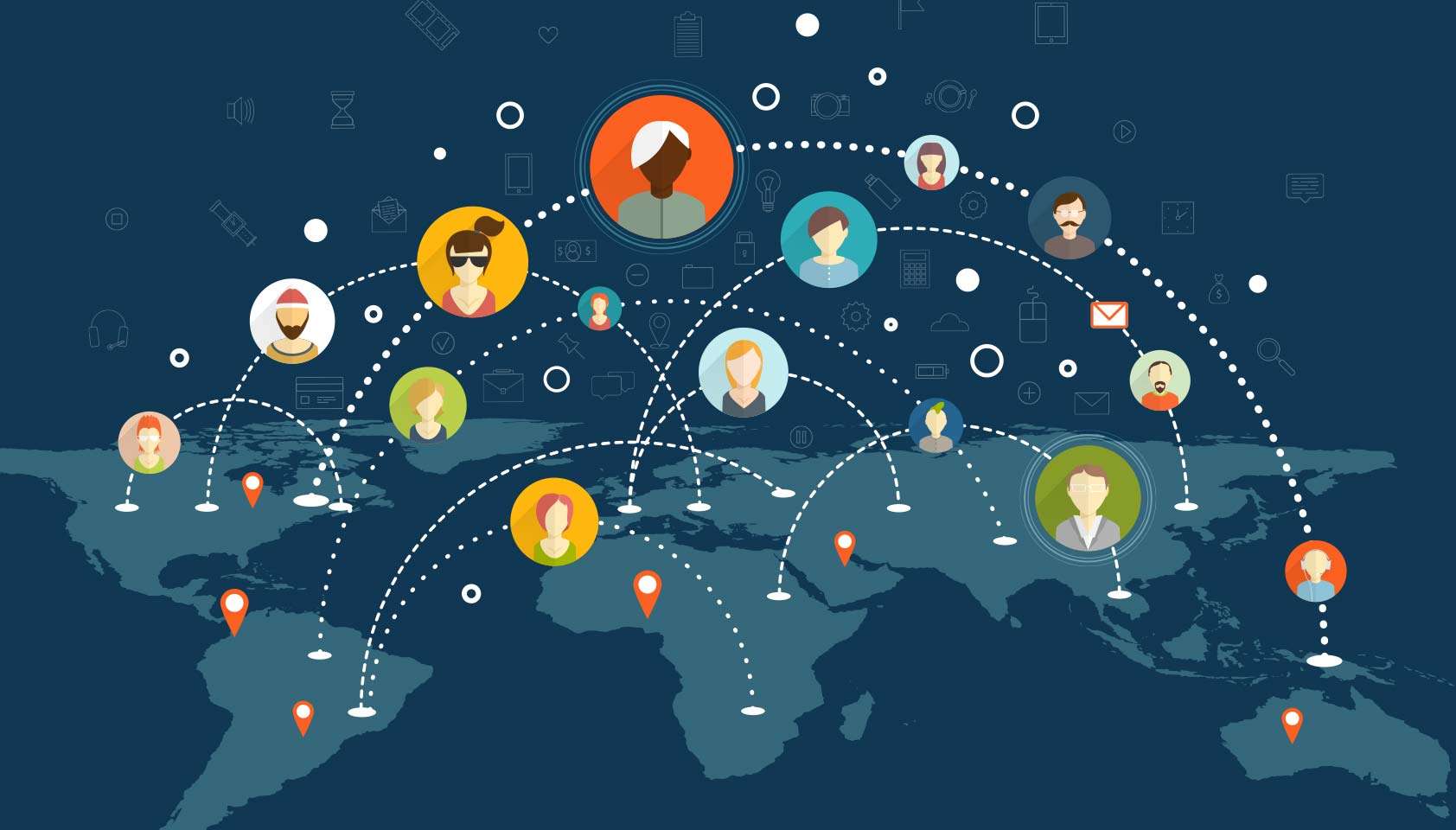
Detailed How Globalization Shapes Inequality Today Capture Concept
Discover an amazing how globalization shapes inequality today background image, ideal for personalizing your devices with vibrant colors and intricate designs.

Captivating How Globalization Shapes Inequality Today Moment Illustration
A captivating how globalization shapes inequality today scene that brings tranquility and beauty to any device.

Mesmerizing How Globalization Shapes Inequality Today Moment in 4K
Explore this high-quality how globalization shapes inequality today image, perfect for enhancing your desktop or mobile wallpaper.

Beautiful How Globalization Shapes Inequality Today Moment Nature
Discover an amazing how globalization shapes inequality today background image, ideal for personalizing your devices with vibrant colors and intricate designs.

High-Quality How Globalization Shapes Inequality Today View for Mobile
Discover an amazing how globalization shapes inequality today background image, ideal for personalizing your devices with vibrant colors and intricate designs.

Vivid How Globalization Shapes Inequality Today Moment in 4K
Transform your screen with this vivid how globalization shapes inequality today artwork, a true masterpiece of digital design.

Serene How Globalization Shapes Inequality Today Picture for Your Screen
Experience the crisp clarity of this stunning how globalization shapes inequality today image, available in high resolution for all your screens.
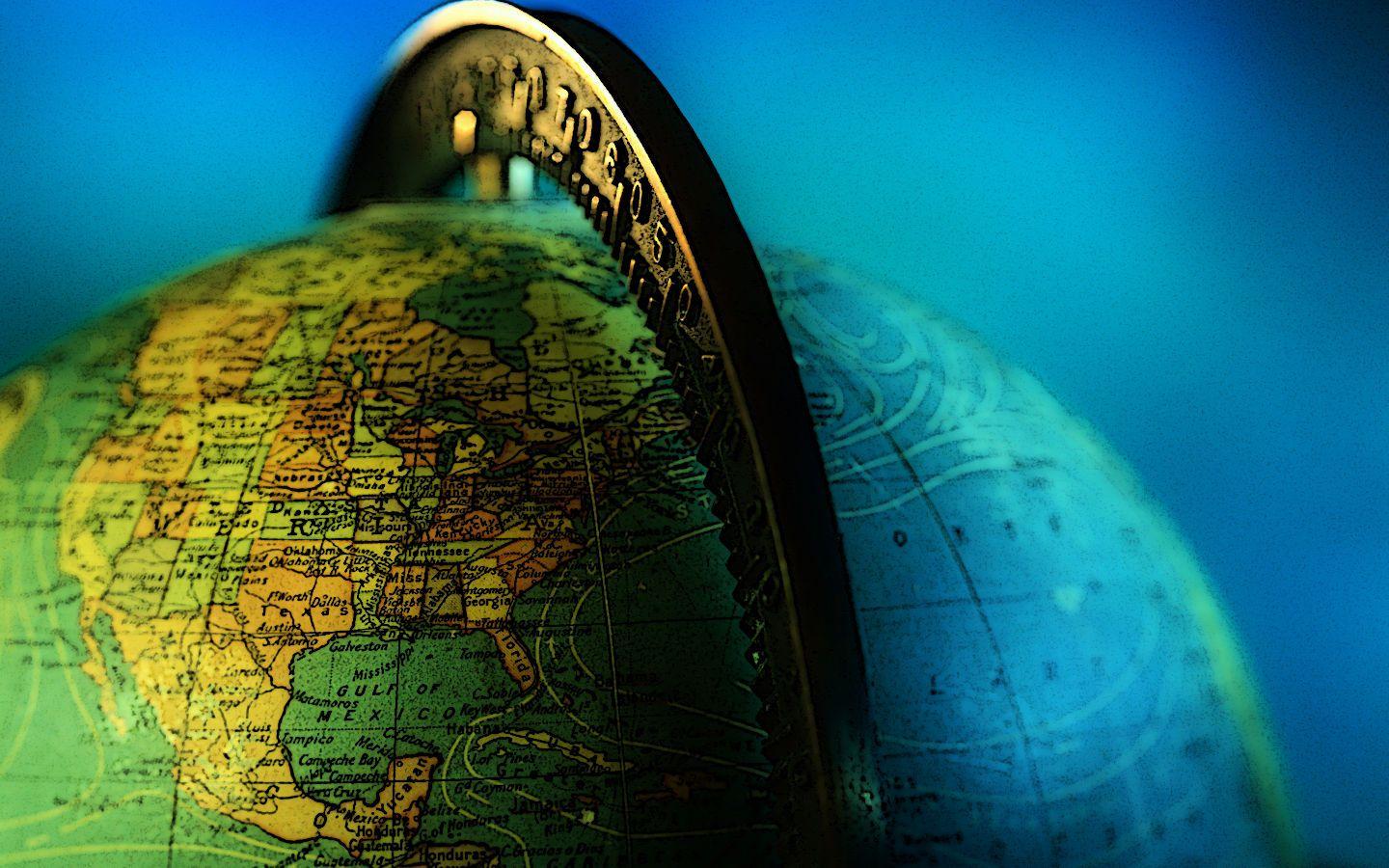
Gorgeous How Globalization Shapes Inequality Today View for Mobile
A captivating how globalization shapes inequality today scene that brings tranquility and beauty to any device.

Serene How Globalization Shapes Inequality Today Photo Illustration
Experience the crisp clarity of this stunning how globalization shapes inequality today image, available in high resolution for all your screens.

Crisp How Globalization Shapes Inequality Today Abstract Illustration
Find inspiration with this unique how globalization shapes inequality today illustration, crafted to provide a fresh look for your background.

Captivating How Globalization Shapes Inequality Today Moment in HD
Immerse yourself in the stunning details of this beautiful how globalization shapes inequality today wallpaper, designed for a captivating visual experience.

Detailed How Globalization Shapes Inequality Today Wallpaper Collection
Transform your screen with this vivid how globalization shapes inequality today artwork, a true masterpiece of digital design.
:max_bytes(150000):strip_icc()/globalization-and-its-impact-on-economic-growth-1978843-7125c552add64671a946913b6d0641e1.jpg)
Gorgeous How Globalization Shapes Inequality Today Landscape for Mobile
A captivating how globalization shapes inequality today scene that brings tranquility and beauty to any device.
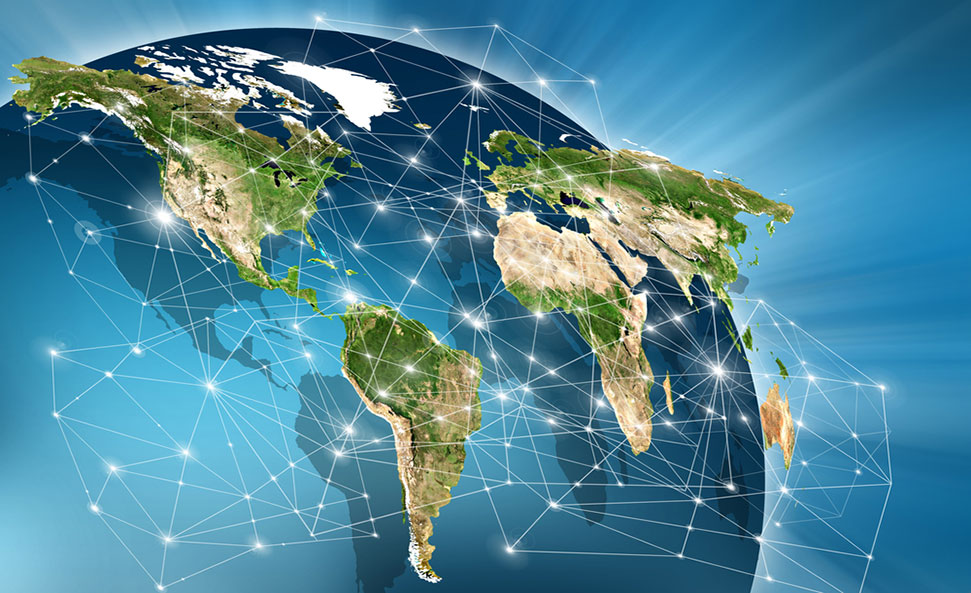
Amazing How Globalization Shapes Inequality Today Image for Mobile
Experience the crisp clarity of this stunning how globalization shapes inequality today image, available in high resolution for all your screens.

Beautiful How Globalization Shapes Inequality Today Picture Nature
Experience the crisp clarity of this stunning how globalization shapes inequality today image, available in high resolution for all your screens.

Stunning How Globalization Shapes Inequality Today Background in HD
Immerse yourself in the stunning details of this beautiful how globalization shapes inequality today wallpaper, designed for a captivating visual experience.
Download these how globalization shapes inequality today wallpapers for free and use them on your desktop or mobile devices.
0 Response to "How Globalization Shapes Inequality Today"
Post a Comment